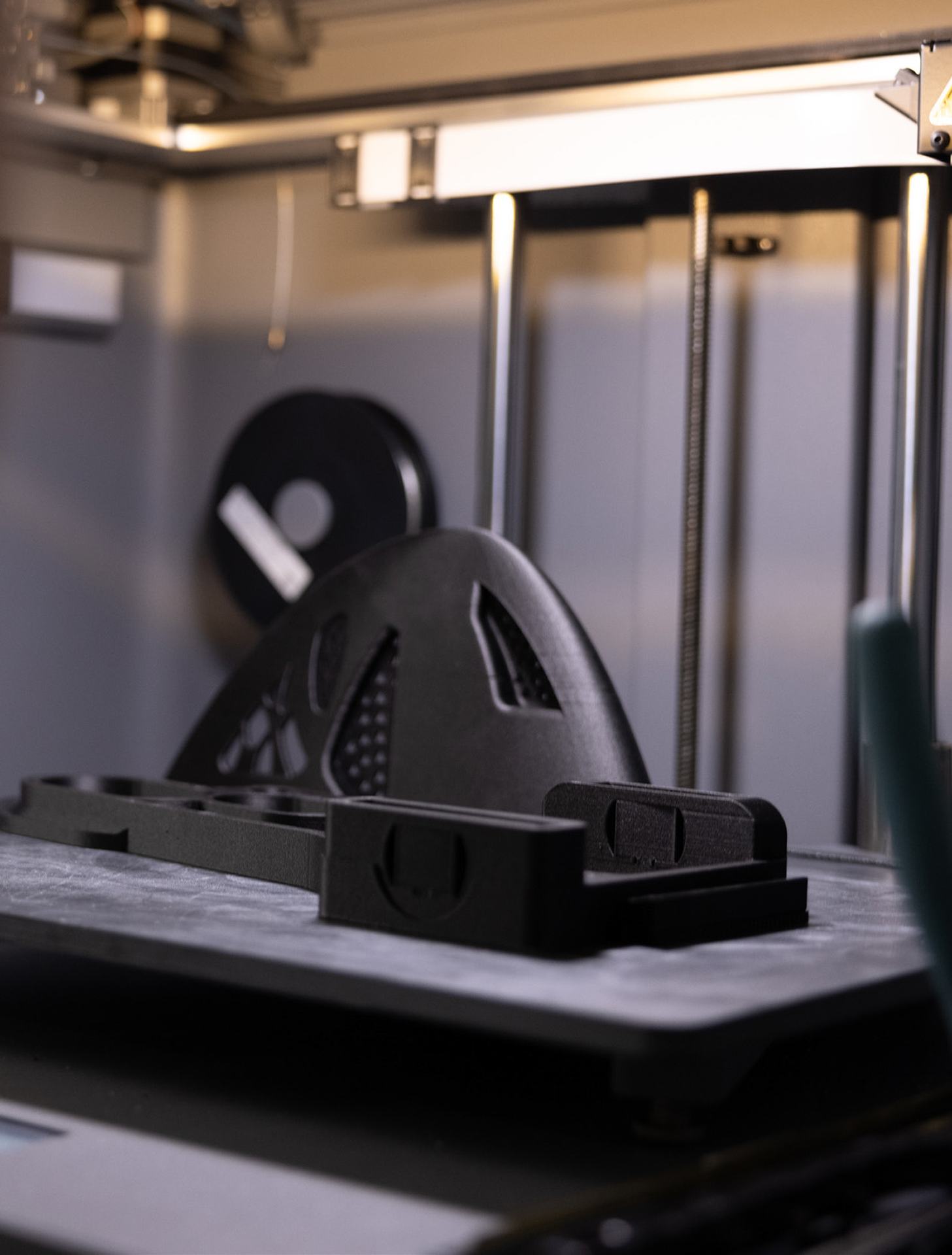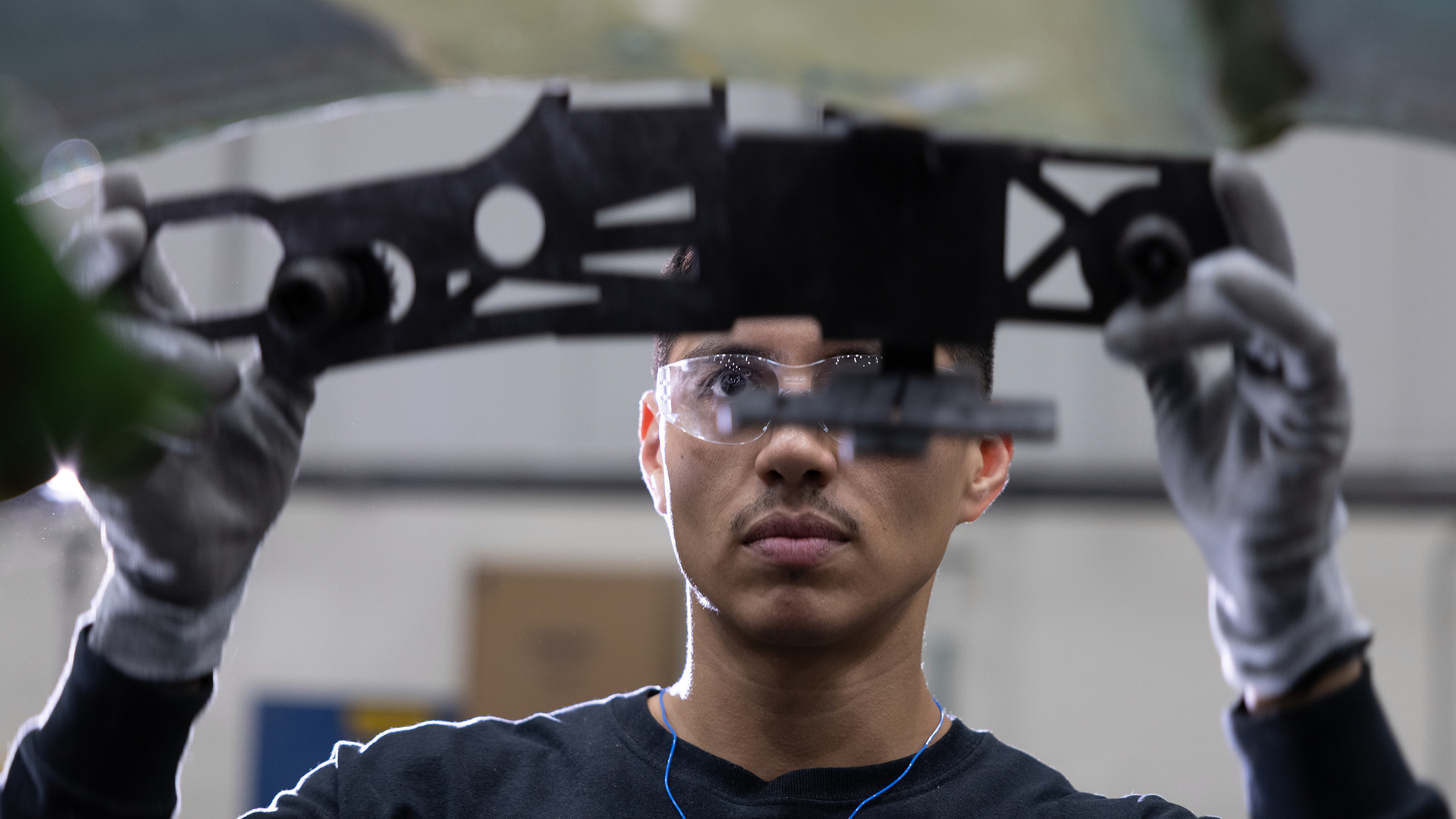You are puchasing a Digital Access Subscription. You will be automatically charged $9.99 every 28 days for one year. Your subscription will continue until you cancel. By subscribing, you are accepting the Automation Alley Terms of Service, Privacy Policy, and Terms of Sale.
SubscribeBecome a MemberIf you’ve ever seen a wind turbine, chances are it was manufactured by Vestas. Vestas began in post-World War II Denmark as a small, family-run manufacturer. Focusing exclusively on wind turbine production since 1989, the company designs, manufactures, installs, and services wind turbines across the globe. Today, Vestas is the world’s largest on and offshore wind turbine and wind turbine blade manufacturer. The company has headquarters in Denmark, several regional offices, and 15+ manufacturing plants worldwide.
Wind turbines are massive and expensive machines that must function reliably with minimal downtime in order to be as effective as possible. That means there’s no room for error when it comes to manufacturing and installation. As a result, Vestas depends on numerous inspection gauges at its manufacturing facilities and installation sites. These critical tools have traditionally been sourced from multiple vendors around the world based on detailed manufacturing instructions. The finished parts would be sent to the various Vestas sites, inspected for compliance, and — once approved — put to use. Unfortunately, some of the final parts supplied by local manufacturers were not 100% to spec and did not pass final inspection. This resulted in final product delivery and installation delays. Even when parts made it through the specialized inspection process, most were manufactured using time consuming and costly traditional machining methods and raw materials. Take, for example, the top center (TC) marking tools. These critical tools — used by Vestas to mark the root end of turbine blades to align pitch —would typically take about five weeks to produce. To make matters worse, due to limits on machined designs, the Vestas team would have to order multiple versions of the TC marking tool to fit a range of blades. Or, consider the lightning tip receptors designed to reduce lightning strike damage. These receptors are built via subtractive manufacturing in aluminum requiring at least 12 weeks to produce.
The Vestas team began researching alternative ways to improve their overall manufacturing process. Using Markforged’s cloud-based, AI-powered Digital Forge additive manufacturing platform, the company successfully launched its direct digital manufacturing (DDM) program in 2021. The program frees up manufacturing processes from relying on outside suppliers, and provides a knowledge base for collaboration.

The DDM program already includes 2000+ Vestas parts stored in a Markforged Eiger™ cloud-based digital repository. This allows employees at any Vestas location — with little to no additive manufacturing expertise — to quickly search for and print any number of fiber-reinforced composite parts on their local X7™ and composite parts on their Onyx One™ 3D printers.

According to Jeremy Haight, Principal Engineer — Additive Manufacturing & Advanced Concepts at Vestas, “Our approach is end-to-end. We provide the physical article in near real-time to a variety of places. It’s the closest thing to teleportation I think you can get.”
Thanks to the repository, the Vestas team knows they will get consistent, up-to-spec parts at a moments notice, anywhere in the world, without the need for specialists at their global facilities. This has dramatically reduced shipping and freight costs, and manufacturing lead times.

A few examples of how DDM works can be seen with the aforementioned TC marking tools and lightning tip receptors. The TC marking tool that previously took weeks and thousands of dollars to produce is now being made in only a few days. And because the tool is printed using fiber-reinforced Onyx, a durable, lightweight nylon blend material, the formerly-metal parts now weigh 85% less than before. As for the lightning tip receptors, local blade manufacturing sites will be able to produce them in 3D printed copper at the point of need. Vestas estimates that, once implemented, each of these receptors will take about two days to make.

Most importantly, the Vestas team no longer has to worry about these or any other parts failing compliance tests because they are printed on-demand and in-house using exact digital specifications. Also, accuracy of tools is verified using Markforged Blacksmith™ for in-process inspection, analysis, and reporting.
Vestas sees DDM as critical for new product development and tool and end-use part availability throughout its business.
Using the Digital Forge to enable their DDM program, Vestas was able to dramatically reduce lead times and costs per part. Compared to their previous manufacturing model, average part cost savings was 88.65%. Furthermore, all the parts that were part of the pilot would have taken a cumulative lead time of 7,900 days. Vestas was able to print these parts in only 101 days, saving 7,800 days of lead time. The time saved reduces engineering innovation cycle times — allowing them to iterate through design and test cycles faster, integrate the right parts into processes faster, while also improving production efficiency, product quality, and operational safety.

In 2022, the company will begin rolling out DDM for inspection gauge tooling beyond its blades to facilitate on-demand gauge production at all 23 of its manufacturing locations. Vestas has also partnered with Wurth to build an additive ecosystem and manage an inventory of spare parts made with The Digital Forge platform to support maintenance, repair, and operations (MRO) for local field support and other suppliers. Once the initial roll-out is complete, Vestas will turn its attention to implementing a more in-depth, end-to-end process at its sites. The company is making it easier for individuals at any Vestas site with the right permissions to scan a part code or search for a part in its enterprise asset management (EAM) and enterprise resource planning (ERP) systems, and have it automatically sent to the right local 3D printer. This centralized control of users, printers, and parts inspection, using Blacksmith and Eiger Fleet™, will ensure high-quality, high-performing tools and end-use parts that do the jobs they’re designed to do. The more Vestas brings manufacturing in-house via additive manufacturing, the faster its products will reach the market, and the more time and money it will save in the process.



.png)

